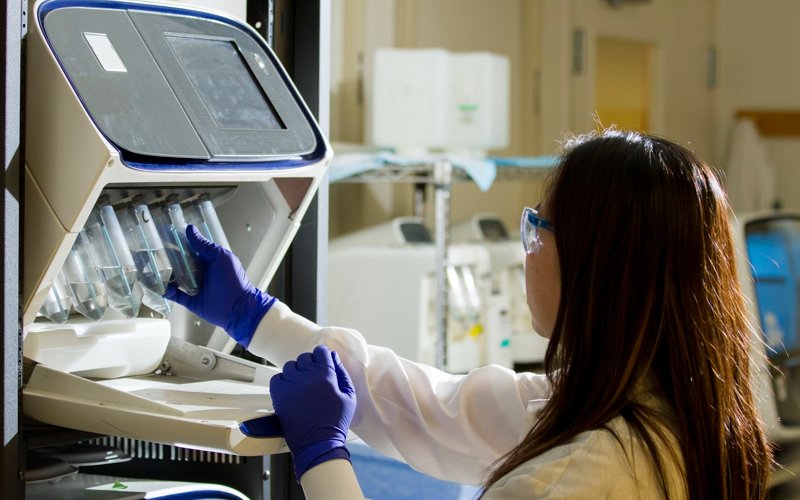SCIENCE SHOCK: Japan Deletes Down Syndrome Gene in Lab Breakthrough!

SCIENCE SHOCK: Japan Deletes Down Syndrome Gene in Lab Breakthrough!
In an unprecedented scientific achievement, researchers in Japan have successfully utilized CRISPR gene-editing technology to remove the extra chromosome 21 from human cells — the root cause of Down syndrome. This groundbreaking step, which took place in a laboratory setting using human stem cells, could be a major milestone in the world of genetic medicine. The promise of potentially altering the genetic makeup of cells to “correct” or “erase” genetic disorders is generating both excitement and intense ethical debate.
For decades, the medical community has struggled to find a cure for Down syndrome, a condition where individuals are born with an extra copy of chromosome 21. This extra genetic material causes the characteristic physical features and intellectual disabilities associated with the condition. While therapies and interventions can help manage some of the symptoms, there has been no known way to reverse the genetic cause of Down syndrome — until now.
The team of Japanese scientists, led by a consortium of bioengineers, embarked on this ambitious project using CRISPR-Cas9 technology. CRISPR works by acting like molecular scissors, capable of cutting DNA at a precise location, allowing genes to be altered or removed. By targeting the extra copy of chromosome 21 in lab-grown human cells, the researchers were able to “delete” the extra chromosome, marking a pivotal moment in gene therapy.
Though the breakthrough occurred in a controlled lab environment with human cells, the implications of this experiment are profound. Experts are cautiously optimistic, as the experiment has shown that it is technically possible to remove the genetic mutation causing Down syndrome. However, it is important to note that this development does not yet translate into a real-world cure or treatment for individuals living with Down syndrome. For one, the technique was applied to cells grown in a lab, not in living humans, and the long-term effects and safety of such procedures remain unknown.
Hope for the Future, but Ethical Concerns Loom

This achievement is undoubtedly a hopeful sign for the future of genetic medicine. The ability to remove harmful mutations and prevent genetic disorders before birth could potentially save countless lives, enabling individuals to live free of genetic conditions. For families affected by Down syndrome, this technology could represent a future where their children no longer face the challenges associated with the condition. However, the concept of altering human genetics — even in the embryonic or pre-implantation stages — raises serious ethical concerns.
Should we, as a society, take the power to “edit” our genes into our own hands? What are the boundaries between medical intervention and human nature? By removing certain genetic traits, what unintended consequences might arise, not only for the individuals involved but for society as a whole? Experts are particularly concerned about the potential for genetic engineering to be used in ways that could lead to “designer babies,” where genetic modifications are made not for the purpose of curing diseases, but to enhance certain traits or qualities.
Further complicating the matter is the question of human diversity. If gene editing becomes widely accessible, will we risk eroding the rich genetic variations that make us human? Down syndrome is part of the human experience, and some argue that we should not seek to eliminate it entirely, as doing so could change the social landscape and how we view disabilities and differences.
There are also questions about access and equity. Who will have access to this life-changing technology? Could genetic editing become a luxury available only to the wealthy, leaving marginalized groups further behind in terms of healthcare and opportunities?











